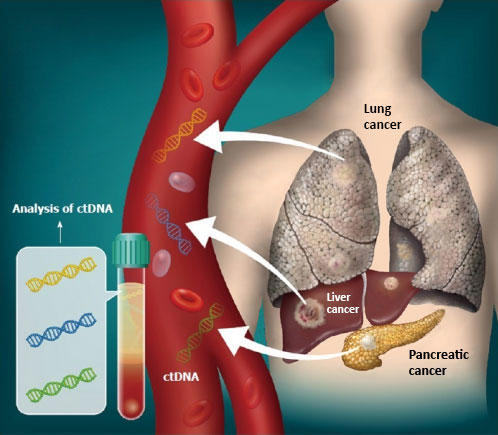New genetic research is shedding light on why some children benefit more than others from orthokeratology lenses—an increasingly popular method to slow the progression of myopia. In the largest genome-wide study of its kind, scientists discovered that children who responded better to treatment carried a higher number of nonsynonymous mutations in genes associated with retinal diseases. Among the key players identified were RIMS2 and LCA5, genes involved in retinal function and visual processing. These insights not only reveal a biological basis for the variability in treatment outcomes but also pave the way for using genetic screening to personalize myopia management in young patients.
Myopia, or nearsightedness, has reached epidemic levels worldwide, particularly in East and Southeast Asia. Orthokeratology, which involves wearing specially designed contact lenses overnight to reshape the cornea, has proven effective in slowing axial eye growth—a key factor in myopia progression. Yet not all children benefit equally. Traditional predictors like age or initial degree of myopia provide limited insight into treatment success. Emerging evidence suggests the retina plays a central role in regulating eye development. Based on these challenges, researchers have turned to genetics to better understand the individual variability in orthokeratology outcomes.
In a study (DOI: 10.1186/s40662-025-00426-4) published March 17, 2025, in Eye and Vision , a team from the National Clinical Research Center for Ocular Diseases at Wenzhou Medical University, working with PSI Genomics, analyzed clinical and genetic data from 545 children aged 8 to 12 who wore orthokeratology lenses for one year. Using whole-genome sequencing and a targeted analysis of genes listed in the RetNet database, the researchers examined how genetic differences in retinal function may influence the lenses' ability to control axial elongation in myopic eyes.
The researchers first confirmed that certain clinical traits—such as older age, higher spherical equivalent (SE), and greater baseline axial length (AL)—were linked to better treatment outcomes. They then zoomed in on the genetic profiles of 60 children with either very good or very poor treatment responses. Those in the well-controlled group had significantly more nonsynonymous mutations in genes related to retinal structure and signaling. Two genes stood out: RIMS2, which was more common in poor responders and is known to affect contrast sensitivity in rod cells; and LCA5, enriched in good responders and associated with photoreceptor maintenance. At the single nucleotide level, variants in SLC7A14 (rs36006402) and CLUAP1 (rs2285814) were found to significantly influence axial growth, underscoring the retina's sensory role in guiding treatment response. This study marks the first time genome-wide data have been used to explain differential efficacy in orthokeratology, providing a foundation for future personalized treatment strategies.
"Our findings suggest that genes influencing retinal development and photoreceptor function play a crucial role in how children respond to orthokeratology," said Dr. Xinjie Mao, co-corresponding author of the study. "This opens the door to more tailored myopia control strategies, especially for younger patients who show rapid eye growth. In the future, we may be able to screen for genetic markers that predict treatment success before lens use even begins." He also noted that larger-scale studies are needed to validate these promising leads.
This research signals a potential turning point in pediatric eye care—one that integrates genetics into clinical decision-making. By identifying genetic variants that predict poor or favorable responses, eye care providers may soon offer more individualized treatment plans, avoiding the inefficiencies of trial-and-error approaches. The genetic insights from RIMS2, LCA5, and related genes could also inform the next generation of lens designs or combined therapies, such as low-dose atropine use. While further studies are essential, this work establishes a strong foundation for precision ophthalmology—where both a child's clinical profile and genetic blueprint guide the most effective path to slowing myopia.






